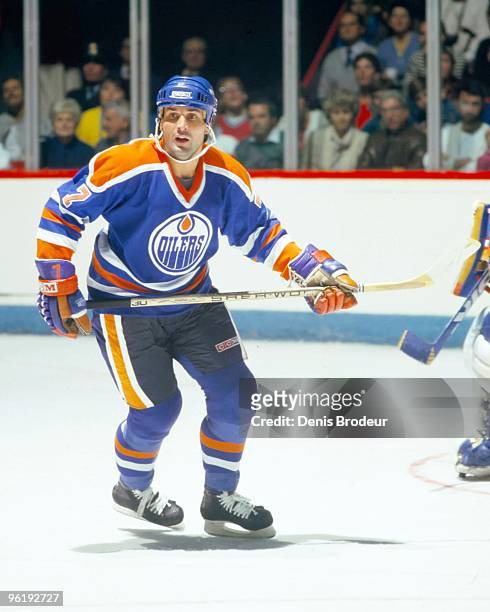I must admit I do not understand, for example I do not even see where what is done his thinking about league size here, what if there was 40 teams in 05-06 what do we change ?
I think the least controversial thing we can do when comparing result around time (and there never anything definitivie just a tool), is to look result against the Canadian elite of their respective eras.
I did try to do it (and adjust a little bit using Canadian male hockey population size to augment or diminish how low you, you many of the top Canadian you pick to calculate the average output on an elite canadian offensive player, adjusted to never go above the number of first liner in the league at the peak of the 06 talent pool).
Back in 2021 (I imagine Ovechkin would not have added peak season since), it gave me something like this for the best 6 career adjusted points (82 games season adjusted) in the league history, to note playing most of the game in your peak here help a lot, size length get adjusted but if you missed game you also miss a pro-rated amount of the virtual season:
Top 6 season (not in a row)
| fullName | BestSeasonsPoints |
| Wayne Gretzky | 1216 |
| Mario Lemieux | 993 |
| Jaromir Jagr | 942 |
| Phil Esposito | 915 |
| Gordie Howe | 902 |
| Bobby Orr | 838 |
| Connor McDavid | 838 |
| Sidney Crosby | 811 |
| Guy Lafleur | 807 |
| Stan Mikita | 802 |
| Joe Sakic | 793 |
| Marcel Dionne | 792 |
| Patrick Kane | 789 |
| Alex Ovechkin | 788 |
| Teemu Selanne | 784 |
| Bobby Hull | 783 |
| Joe Thornton | 776 |
| Evgeni Malkin | 771 |
| Jean Beliveau | 769 |
| Peter Forsberg | 769 |
Top 10 season:
| ullName | BestSeasonsPoints |
| Wayne Gretzky | 1870 |
| Mario Lemieux | 1495 |
| Jaromir Jagr | 1422 |
| Gordie Howe | 1399 |
| Phil Esposito | 1358 |
| Sidney Crosby | 1294 |
| Joe Sakic | 1236 |
| Stan Mikita | 1234 |
| Alex Ovechkin | 1229 |
| Bobby Hull | 1221 |
| Teemu Selanne | 1205 |
| Marcel Dionne | 1201 |
| Joe Thornton | 1198 |
| Patrick Kane | 1196 |
| Jean Beliveau | 1189 |
| Steve Yzerman | 1171 |
| Evgeni Malkin | 1170 |
| Maurice Richard | 1161 |
| Mike Bossy | 1139 |
| Martin St. Louis | 1137 |
Hull Ovechkin at a tie (not just because it is me doing it and I am not confident in my code, database, logic, I would not take +/- 3% type difference has not a tie, but here it is just the same adjusted points, to some small decimal per game).
Hull did this during his 21-33 prime:
The official source for NHL Stats including skaters, goalies, teams stats and more.

www.nhl.com
The official source for NHL Stats including skaters, goalies, teams stats and more.

www.nhl.com
Ovechkin from 22 to 33
The official source for NHL Stats including skaters, goalies, teams stats and more.

www.nhl.com
The official source for NHL Stats including skaters, goalies, teams stats and more.

www.nhl.com
Performed relative to the top Canadians in a very similar fashion (single one with a better ppg, much larger gap but Crosby > Esposito and Ovechkin did more in the nhl outside that window than Hull did obviously)



